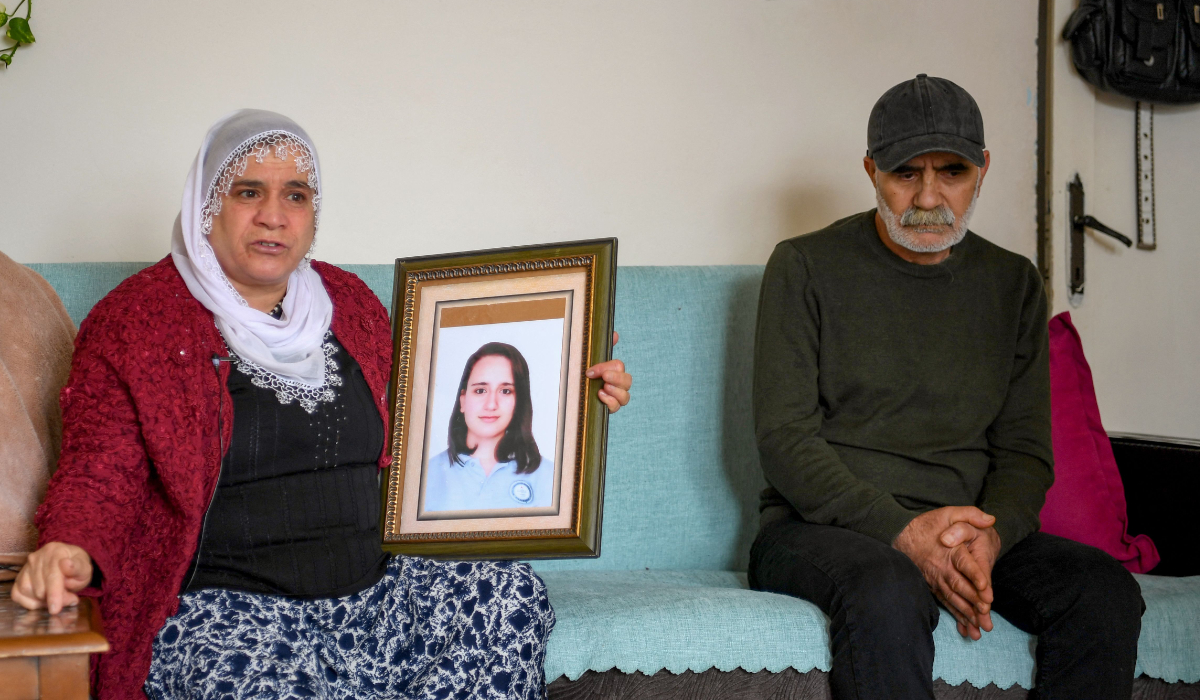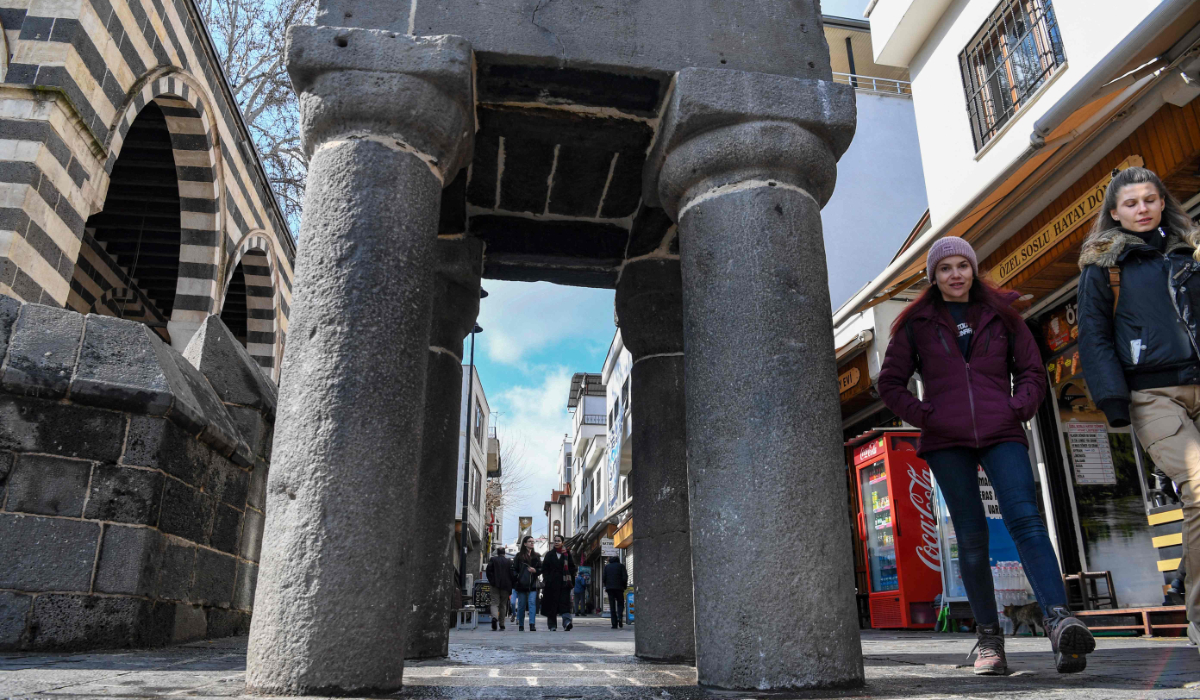SHILOH, Palestinian Territories: Less than a week before the United States presidential election, Americans living in settlements in the Israeli-occupied West Bank know exactly who they want to win: Donald Trump.
Recent polls show that a majority of Israelis, 66 percent according to one conducted by Israel’s Channel 12 News, dream of the days when the former president inhabited the White House.
Trump prioritized Israel during his previous term, moving the American embassy to Jerusalem, recognizing Israeli sovereignty over the occupied Golan Heights and helping to normalize ties between Israel and several Arab states under the so-called Abraham Accords.
Now, many Israelis believe Trump will offer yet more support as the country battles Iran-backed militant groups in Gaza and Lebanon, as well as Iran itself.
“I’m proud to tell you that I voted for President Trump,” Eliana Passentin, 50, who moved to Israel from San Francisco as a child, said.
For Passentin, a mother and grandmother, the stakes are higher than for the average Israeli.
For the past 29 years she has lived in Eli, part of a cluster of Israeli settlements located in the heart of the West Bank.
The area has been occupied by Israel since 1967, but it could become Palestinian sovereign territory under a two-state solution favored by the international community.
Passentin is employed by the local regional council.
She recalls how successive administrations in Washington pressured Israel to stop expanding settlements in an attempt to mediate peace between Israelis and Palestinians and reach a two-state solution.
“United States of America, our greatest ally, we thank you, but please understand we know how to run our country,” Passentin said.
In her backyard, with sweeping views of the entire area, Passentin points to nearby Israeli and Palestinian towns.
“I don’t think that Israelis living here are an obstacle to peace. On the contrary, I think that the Israelis living here are building the region for everyone,” she said.
She said the region was a hub for Jews in Biblical times, and claims that under international agreements Israelis have a right to live here.
International law says otherwise, however, and Israeli settlements in the occupied West Bank are considered illegal by the international community.
Among Israelis who vote for Prime Minister Benjamin Netanyahu’s ruling right-wing coalition, 93 percent support Trump’s candidacy, according to the Channel 12 poll.
“Things have changed since October 7,” Passentin said, referring to Hamas’s attack on southern Israel on that day in 2023 which sparked the war in Gaza.
“Now it’s a whole different story — it’s not about Judea and Samaria, it’s about Israel,” she said, using the Biblical terms for the southern and northern West Bank.
“We have a right to defend ourselves... and I think President Trump respects and understands that.”
Gedaliah Blum, 45, a neighbor who was born in New Jersey, also said he voted for Trump based on the question of “what kind of future we want to have here in Israel.”
“Do we want a future that has an embargo threatened on Israel every time we defend ourselves?” he asked.
“Trump is not going to pressure Israel to sign a ceasefire that will let Hamas remain in power in Gaza. They’re not going to push Israel to sign a peace agreement with Lebanon that will allow Hezbollah to remain in power.”
With Kamala Harris in the Oval Office, Israel will be under constant “pressure,” Blum said.
“We’re going to get pressure, we’re going to get embargoes, we’re going to get Iranian money in their pockets. It’s not in the best interest of Israel.”
In the nearby settlement of Shiloh, where an estimated 20 percent of residents hold US citizenship, New York-born Yisrael Medad, 77, said he believed Trump would be good not only for America but also for “America’s friends abroad, including Israel.”
“I think the policies that a Republican candidate such as Trump are promoting are most beneficial for the administration, Congress and the American people,” he said.
On Israel, Medad said he believed that Trump would treat Israel more “fairly in terms of not denying its rights to defend itself... not only in a physical sense but also on the ideological front.”
Referring to a recent incident at a Democratic campaign rally in which Harris did not push back against a demonstrator who said Israel was committing a “genocide” in Gaza, Medad said: “That’s not the type of candidate I want in the White House.”
US-Israeli settlers hope to see a second Trump term
https://arab.news/5gyda
US-Israeli settlers hope to see a second Trump term

- Recent polls show that a majority of Israelis dream of the days when the former president inhabited the White House
- Donald Trump prioritized Israel during his previous term, moving the American embassy to Jerusalem among his other actions




























